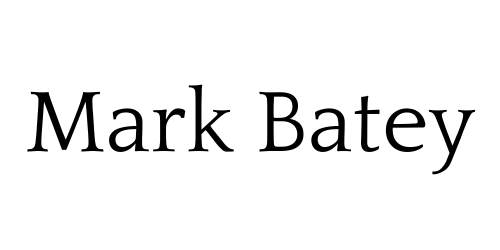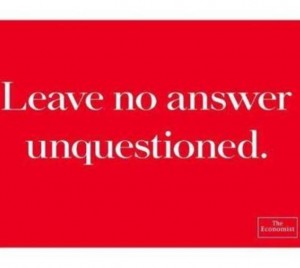When I first entered the ad business I was always struck by the tight bond that united each of the creative teams working on the accounts I managed. They were an almost seamless duo, and the great advertising of the time was always a perfect marriage of art and copy, image and word.
How things have changed. Today, that marriage is lopsided. A quick review of contemporary print advertising, or of the winners of advertising awards, confirms this.
The primacy of the visual over the written is, perhaps, understandable. As always, we need to consider brand communication from both the receiver and the sender, or originator, perspective. From the receiver’s viewpoint, images require less cognitive effort than words, and instantly connect to existing (emotional) memories. From the originator’s, the plethora of tools and technologies available means that anything that can be visualized in the mind’s eye can be executed, retouched and enhanced in next to no time. Great copy can’t be Photoshopped.
Further, the continuing globalization of brands and their communication warrants that a more visual, universal brand story be told. And translation, or transliteration, is often problematical.
Yet the power of the word has served many brands well in the past. And still does today in some cases. I always encourage clients to think about their brand vocabulary – not the “visual” brand vocabulary (though that is important), but the verbal brand vocabulary. Words that can become an integral part of brand meaning. All of us, not just copywriters, need to beware of the lexical lethargy that is an unwelcome side-effect of the digital age, and deprives brands of a vital source of meaning.
Here’s an example of how strong a copy-driven campaign can be. The Economist’s deceptively simple yet engagingly clever campaign has been running for years.


